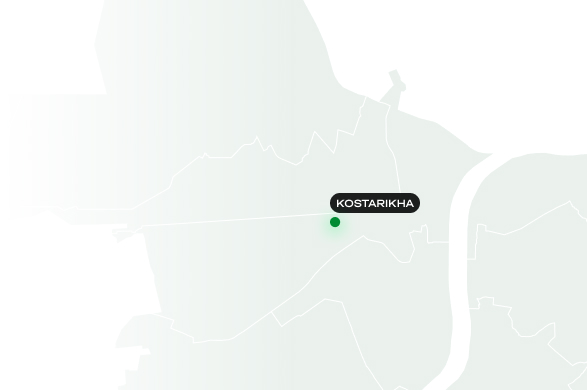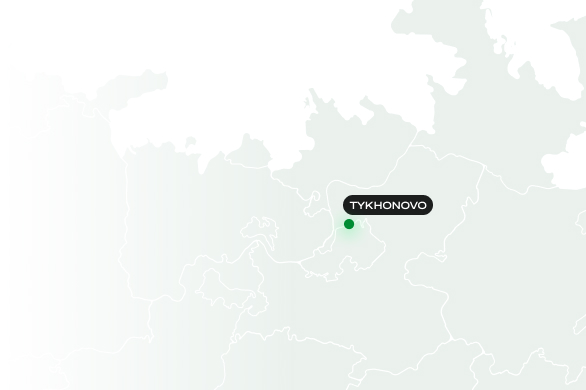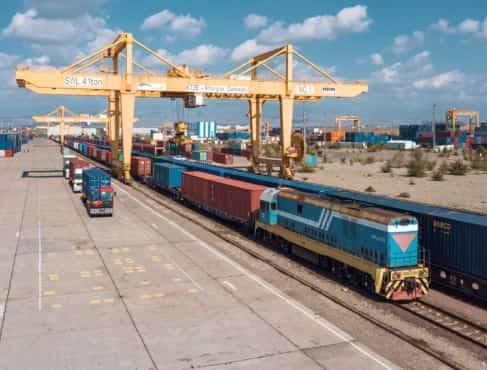
Container cargo transportation
from China to Russia
and Belarus
Dispatch benefits for cargos imported from China via UTLC ERA services
We deliver cargos to container terminals at the stations

in Saint Petersburg and the LR

in Nizhny Novgorod

in Naberezhnye Chelny

in Belarus
The UTLC ERA import transportation rate includes


and China – Belarus
UTLC ERA IMPORT
by numbers

Frequently Asked Questions
-
Is there a possibility of loading into a UTLC ERA container?
We do not provide containers. Shipment is only possible in the customer's own cargo packaging (owned or leased from third parties) and in accordance with the current rules for container transportation from China to Russia and other international routes.
-
Is it possible to order transportation in a covered wagon or gondola car through UTLC ERA?
No, we exclusively transport containerized cargo, forming only full-length container trains from the approximately 9.5 thousand fitting platforms operated by UTLC ERA. This allows for the efficient organization of railway transportation from China along established routes.
-
Can cargo insurance be arranged with UTLC ERA?
No, insurance is handled by the shipper, the cargo owner. At the same time, the cargo integrity rate in our service is 99.997%, and trains depart regularly, regardless of weather and other factors, which is especially important when importing goods from China by rail.
-
Can GU-12 be processed through UTLC ERA?
No, the submission of the GU-12 form is handled exclusively by the shipper.
-
When to submit the telegram for coordinating the departure of the container train?
The earlier, the higher the chance of approval. For transit and import from China by rail - by the 15th of the month preceding shipment; for the additional plan - by the 25th. This helps to plan the delivery timelines for cargo moving by container train from China in advance and optimize transportation. According to the rules, the carrier is obliged to review the received application within 2 days and either approve or deny the transportation.
-
Is it possible to change the data in the SMGS at the MGSP Dostyk/Altynkol even after its departure?
Yes, in both cases it is possible - at the destination station, via a telegram from the consignor or consignee, in the manner established by Article 25 of the SMGS "Amendment of the contract of carriage". This procedure is also applied when processing the carriage of goods under the SMGS for international shipments.
-
Why is a container train split up?
Splitting is a technological operation that involves combining several trains at the departure station into one long-haul train (over 100 conventional wagons). This approach enhances the efficiency of the import service for goods from China and allows for more containers to be shipped simultaneously.
-
How many wagons are in a container train?
For a train to be considered a container train, it must contain no less than 57 conventional wagons with containers, which corresponds to 31 eighty-foot fitting platforms. This parameter is used when planning railway logistics from China to Russia and allows for efficient calculation of route capacity.




